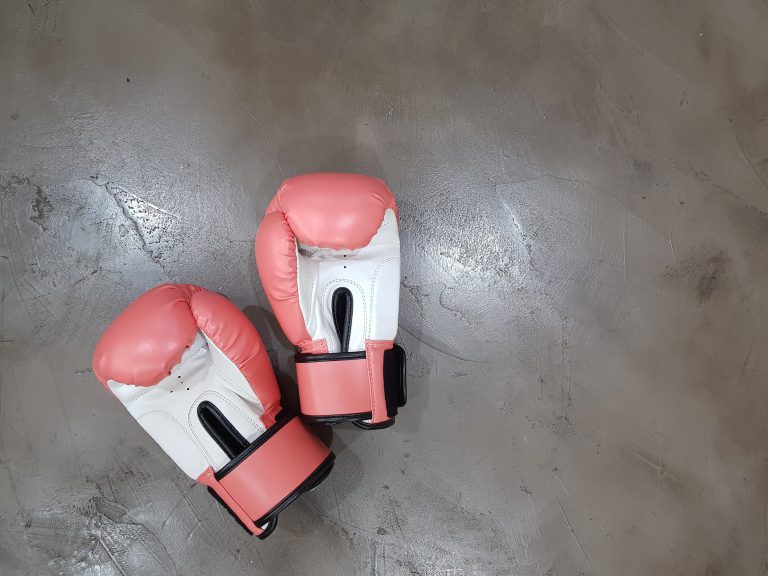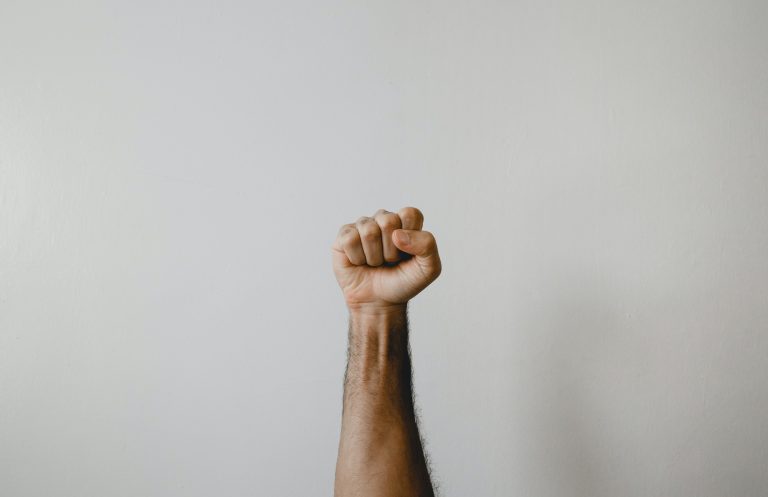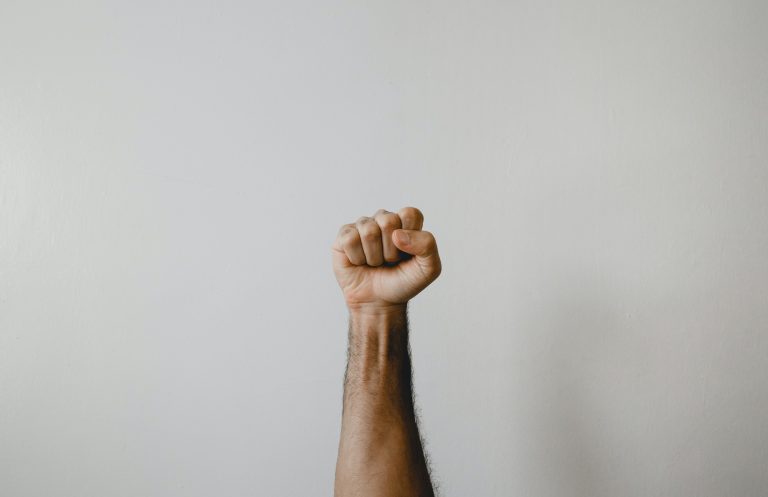How to Improve Your Flexibility for Karate
Karate is a martial art that requires strength, speed, agility, and flexibility. Flexibility is one of the most important factors that can determine how well you will perform in karate. You need to be flexible to execute powerful kicks, bend and twist your body and also to stay injury-free. In this blog post, we will discuss some effective ways to improve flexibility for karate.
Dynamic Warm-Up
Before any physical activity, it is essential to warm-up properly. A dynamic warm-up can help you to increase your range of motion, flexibility, and circulation. A typical dynamic warm-up can include exercises such as lunges, high knees, leg swings, arm circles, and hip rotations. All these exercises can engage your muscles and joints and prepare them for the more intense karate training ahead.
Static Stretching
Static stretching can be done after the dynamic warm-up, or at the end of a karate session. During static stretching, you hold a particular stretch for 15-30 seconds, without moving. It can help to lengthen the muscles and increase flexibility. Specific stretches that are beneficial for karate include hamstring stretch, quadriceps stretch, calf stretch, spinal twists, hip-flexor stretches, and butterfly stretches.
Yoga
Yoga can be an excellent way to improve your balance, flexibility, and overall health. It can help you to improve your breathing, stamina, and mindfulness. There are many yoga classes available online or in-person, and it can be an excellent complement to your karate training. Specific yoga poses that can benefit karate include downward-facing dog, warrior poses, tree pose, and pigeon pose.
Foam Rolling
Foam rolling can be an effective self-massage technique that can help to release tension and tightness in the muscles. It can also help to increase the circulation and blood flow to the muscles. Foam rolling can be done before or after training and can help to alleviate muscle soreness and prevent injury. Focus on areas such as the hamstrings, calves, back, and hip flexors.
Consistency
Finally, consistency is key when it comes to improving your flexibility for karate. You should aim to stretch and warm-up before every training session, and practice yoga or foam rolling regularly. Consistency will gradually increase your range of motion, and it can also prevent injury.
In conclusion, improving flexibility can benefit your karate practice in many ways. It can help you to avoid injury, execute techniques correctly, and perform at a higher level. Incorporating dynamic warm-ups, static stretching, yoga, and foam rolling into your routine can significantly improve your flexibility. Remember to be consistent, and listen to your body. Improve your flexibility, and you will see significant improvements in your karate practice.
How to Improve Your Flexibility for Karate: Frequently Asked Questions
Karate is a Japanese martial art that requires various physical attributes such as speed, strength, agility, and flexibility. Flexibility is a crucial aspect of Karate, and it plays a vital role in improving your performance, preventing injuries, and enhancing your health. In this blog post, we will address the most common questions about how to improve your flexibility for Karate. Let’s get started!
What is flexibility, and why is it essential for Karate?
Flexibility is the ability of your muscles and joints to move through a full range of motion. Karate requires high levels of flexibility since many moves require a complete range of motion, especially kicks and certain strikes. Good flexibility enables you to perform Karate techniques with accuracy, speed, and power, reducing the risk of injury and increasing your overall health.
How can I improve my flexibility for Karate?
There are several ways to improve your flexibility for Karate, including:
Stretching
Stretching is one of the most effective ways to improve your flexibility for Karate. Dynamic stretching involves moving your body through a full range of motion, preparing your muscles for intense movements, and improving your flexibility. Examples of dynamic stretching include leg swings, arm circles, and lunges. Static stretching involves holding a stretch for a period, improving muscle flexibility, and reducing muscle tension. Examples of static stretching include hamstring stretches, quadriceps stretches, and shoulder stretches.
Yoga
Yoga is an excellent method of improving your flexibility since it focuses on stretches that enhance your flexibility, balance, and coordination. Yoga poses that are especially helpful in improving Karate-specific flexibility include eagle pose, high lunge, warrior 1, 2, and 3 poses.
Pilates
Pilates focuses on exercises that enhance core strength and stability, providing better flexibility by promoting proper alignment and posture. Pilates is a great way to prevent injuries, improve balance, and enhance overall flexibility.
Resistance Training
Resistance training involves using weights or resistance bands to challenge your muscles, promoting muscle growth and increased flexibility. Resistance training is especially helpful in improving the flexibility of the muscles surrounding your joints, preparing them for intense Karate movements and reducing the risk of injury.
What are some common mistakes to avoid when trying to improve your flexibility?
Not warming up properly
Warming up before stretching is essential to prepare your muscles and joints for intense stretching movements. Failure to warm up before stretching can result in muscle strains and injuries.
Overstretching
Overstretching can cause muscle strains, and injuries do not attempt to extend past your body’s natural range of motion. It is essential to progress with your stretches gradually and avoid sudden movements that can lead to injuries.
Not paying attention to your posture
Maintaining the proper posture during stretching exercises is vital to achieve optimum results. Poor posture can limit your range of motion, reduce the effectiveness of your stretches, and result in muscle strains and injuries.
How often should I stretch to improve my flexibility for Karate?
The frequency of your stretching routine depends on your fitness goals and Karate goals. However, it is essential to stretch regularly, at least three to four times a week. Always give your muscles time to recover after a stretching session, and do not stretch too hard too soon. Gradual progress with your stretching routine is the key to achieve better flexibility.
Final Thoughts
Improving your flexibility is crucial to improving your performance, preventing injuries, and enhancing overall health in Karate. Incorporate stretching, yoga, Pilates, resistance training, and other forms of exercises into your routine to achieve optimum flexibility. Avoid common mistakes, pay attention to your posture, and stretch regularly to achieve the greatest benefits from your flexibility routine. Keep practicing with perseverance, and you’ll see progress in no time!
Inhaltsverzeichnis





